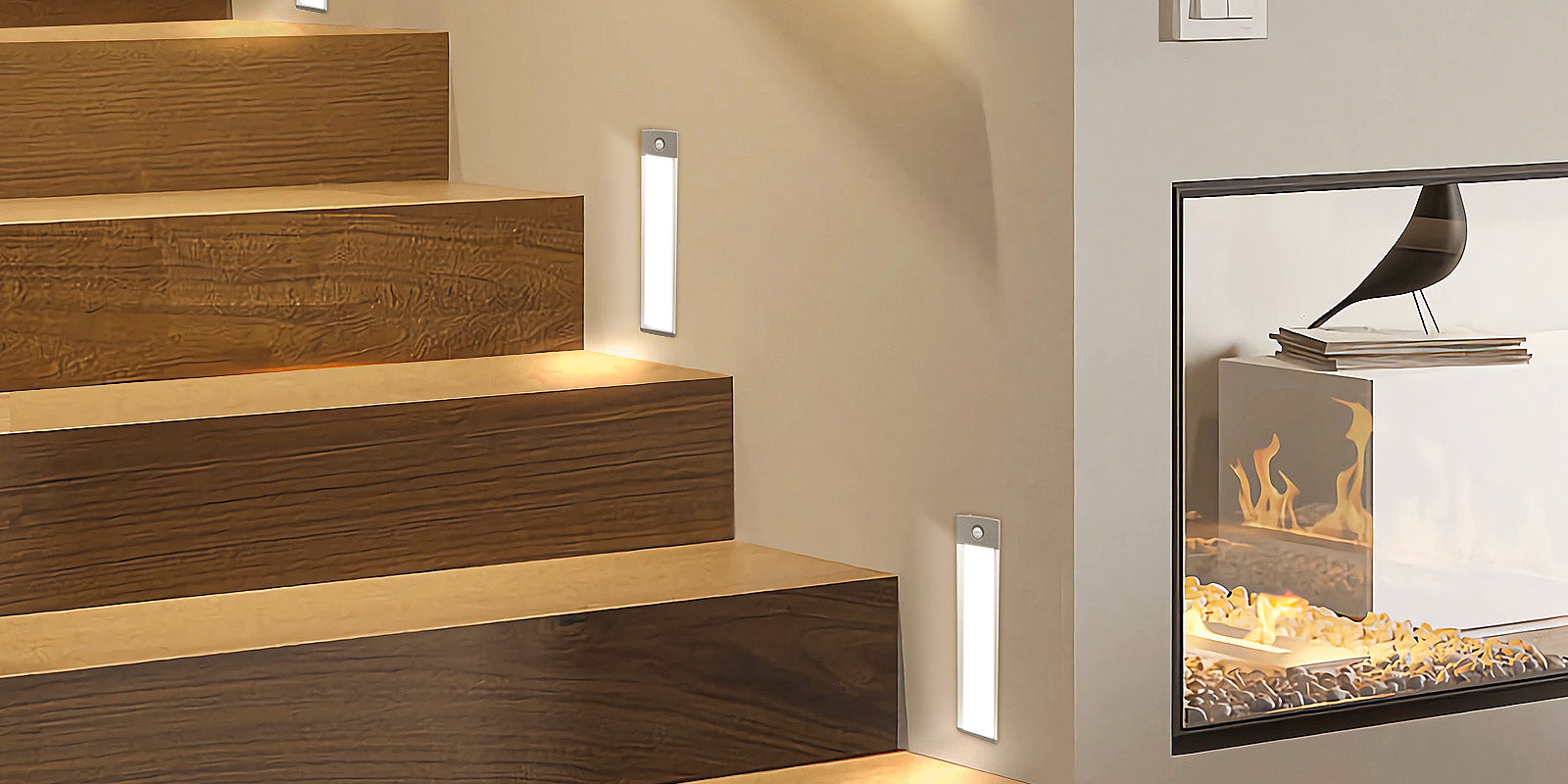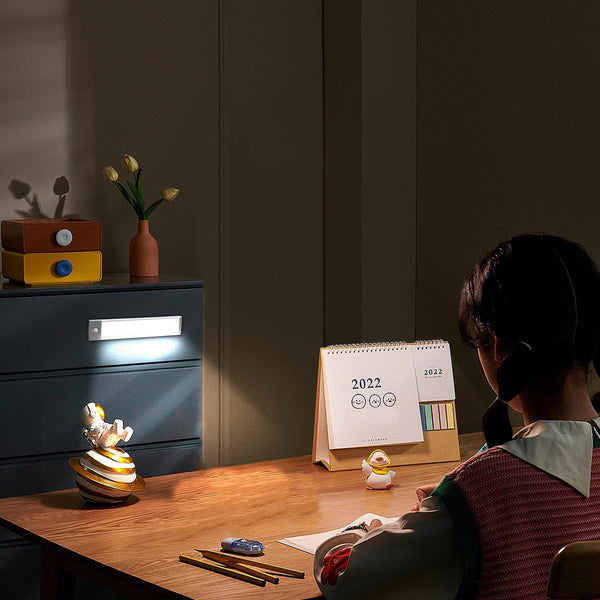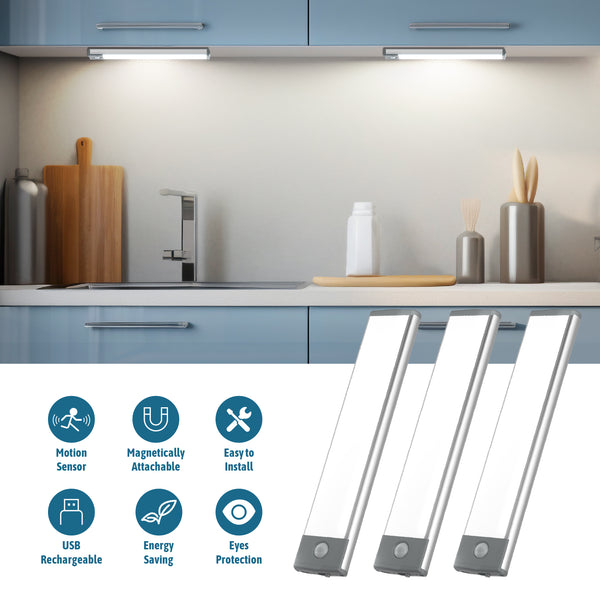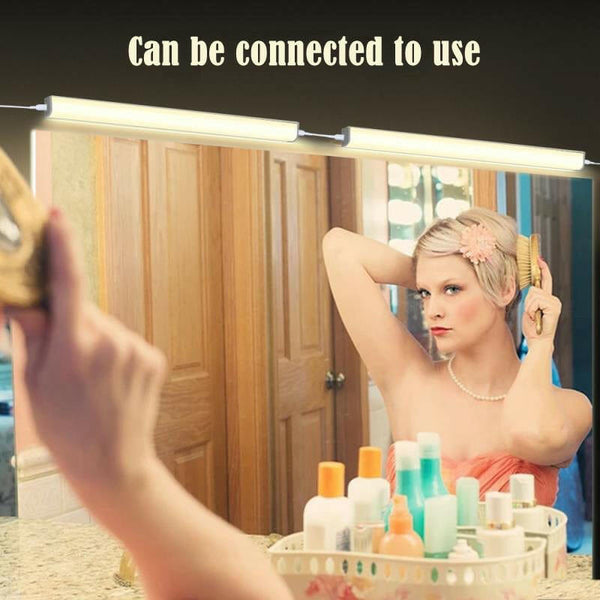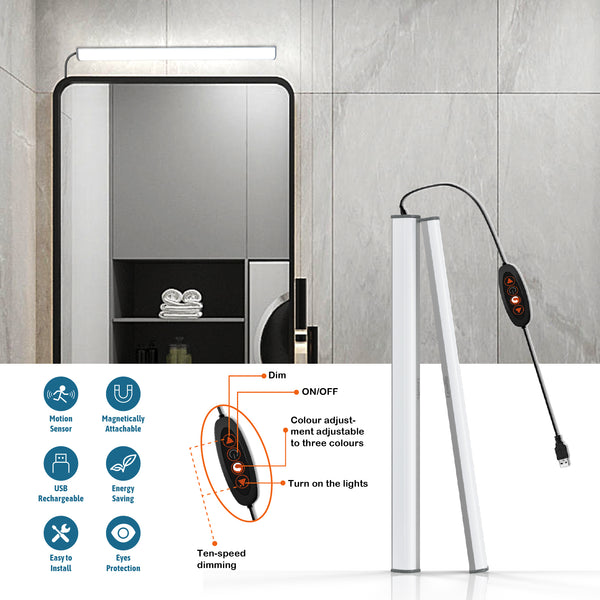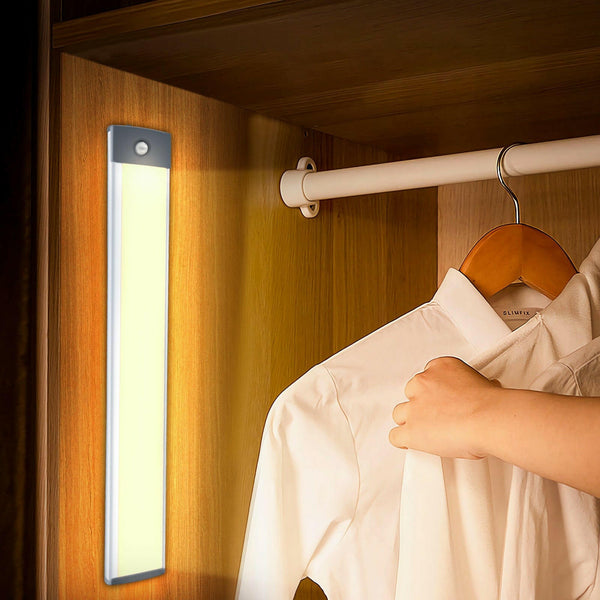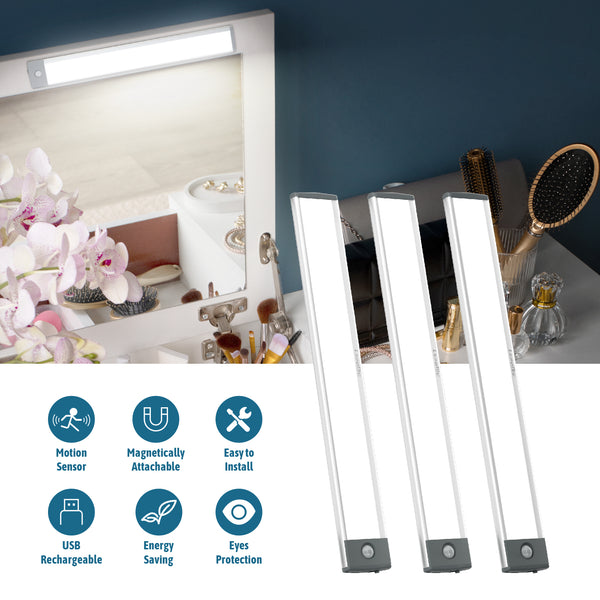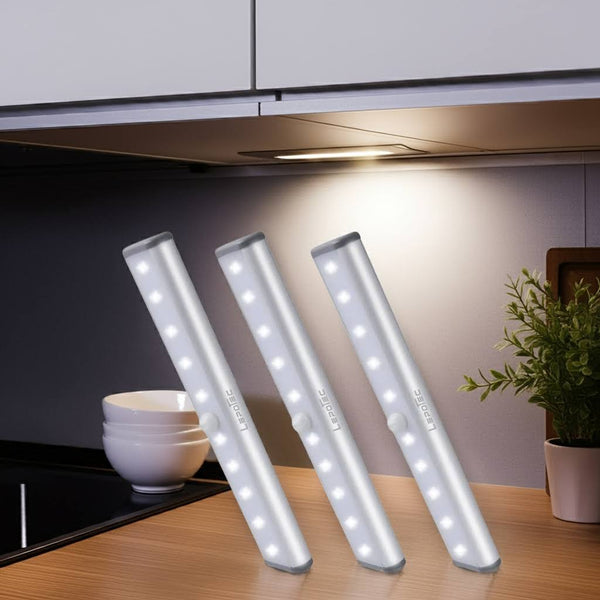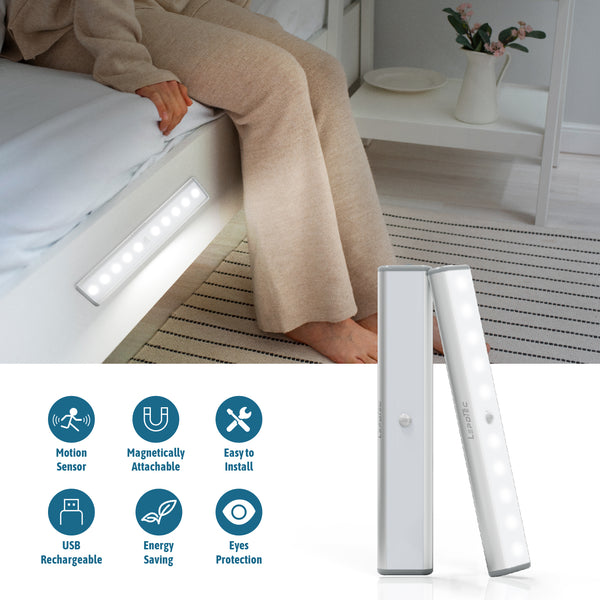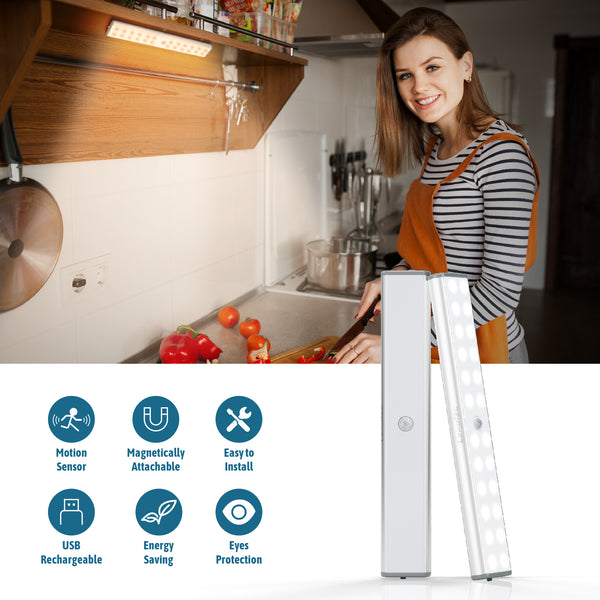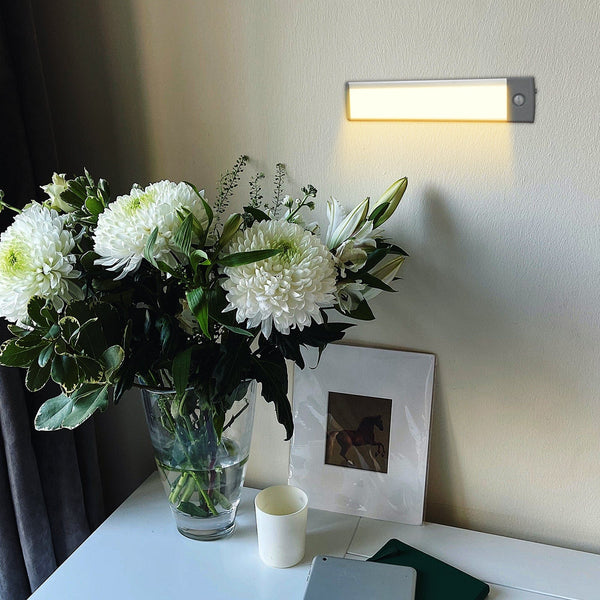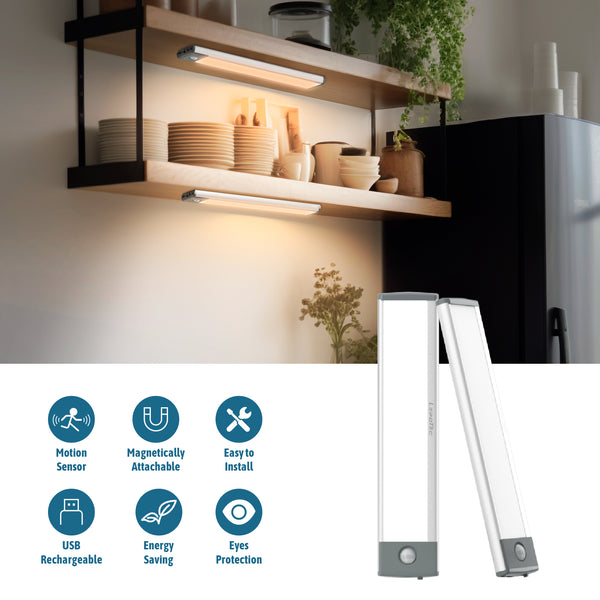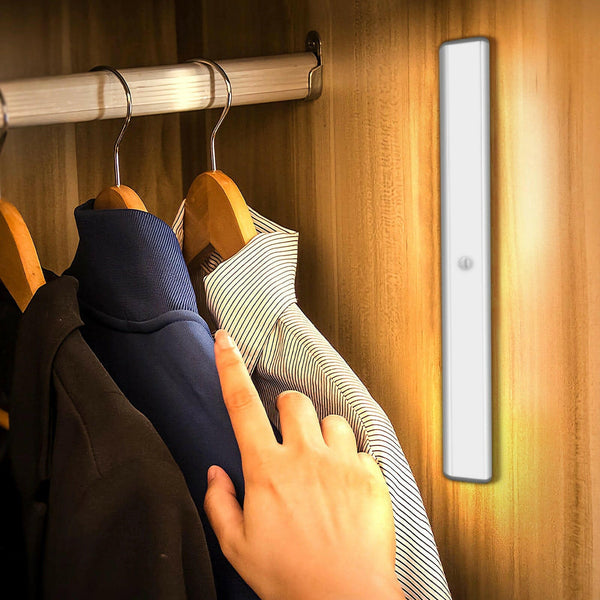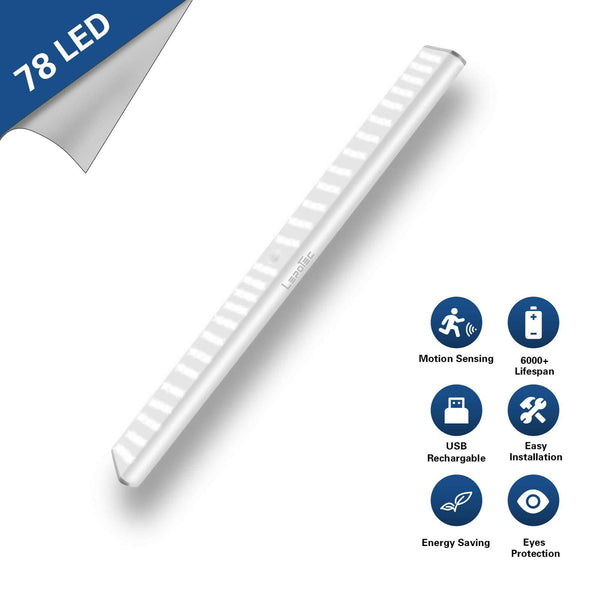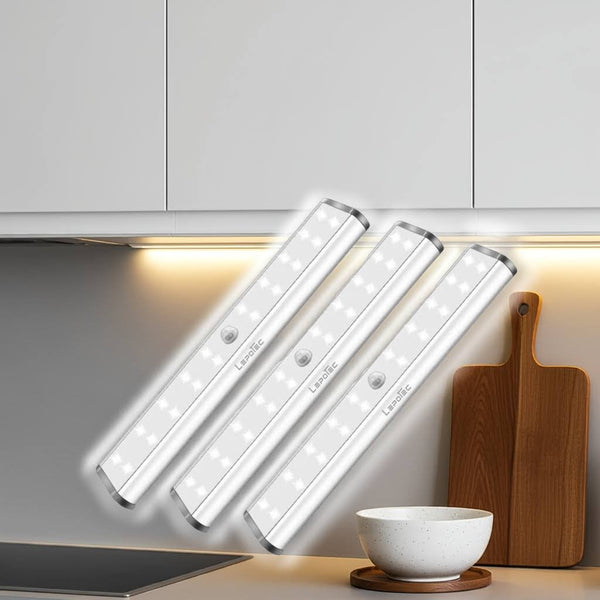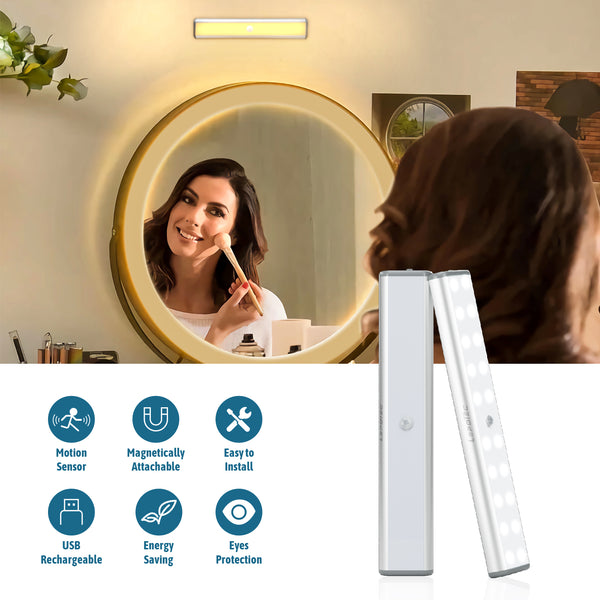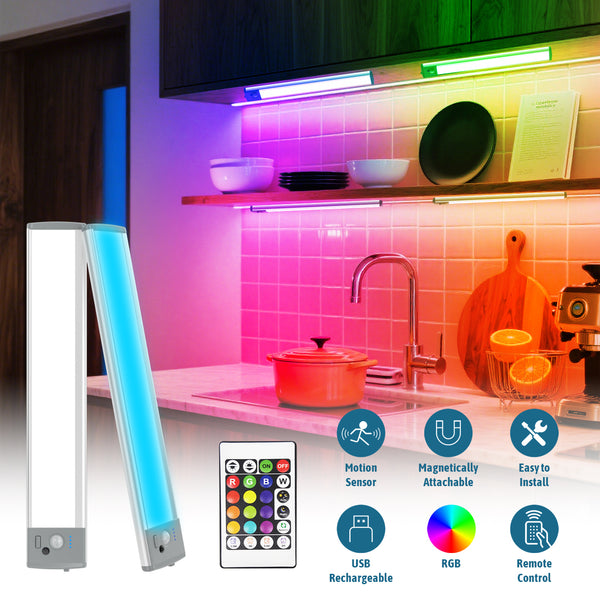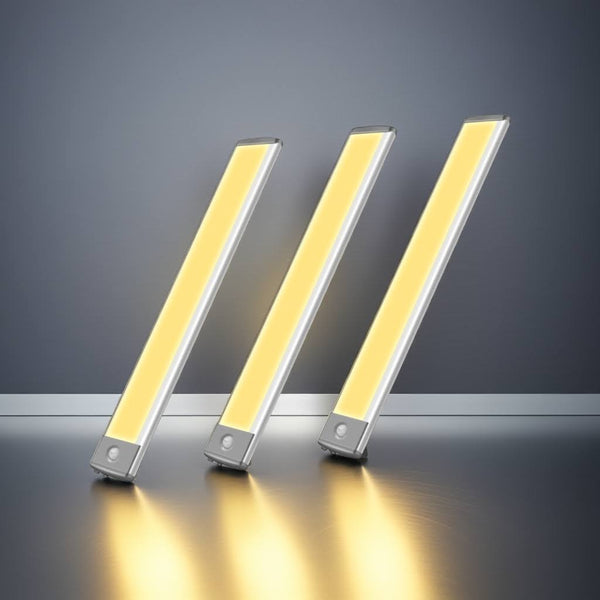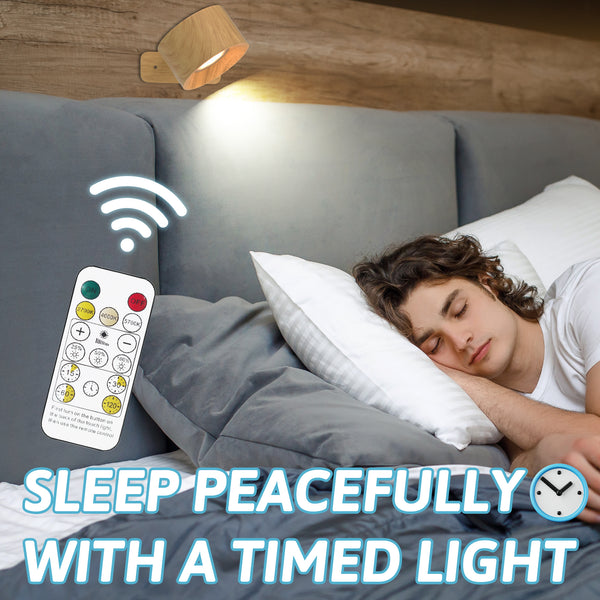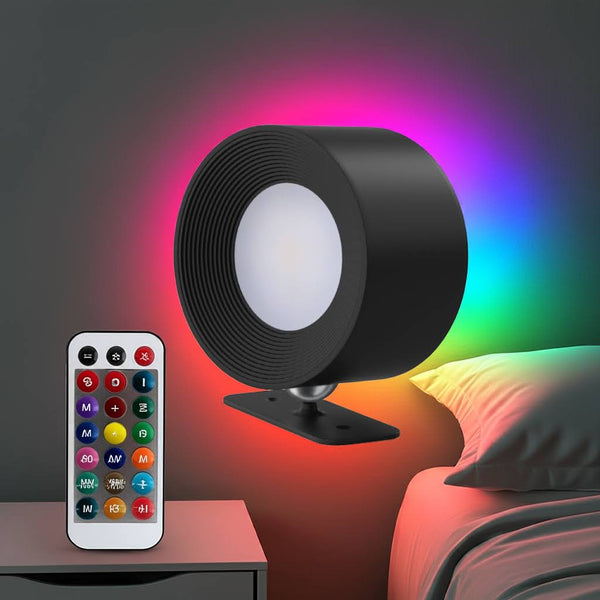What are motion sensor lights?
A motion sensor light is attached to a motion sensor. (Big shock, we know.) When human movement triggers the sensor, the light turns on.
Further reading
- How to Set Up a Smart Home
How do motion sensor lights work?
Let’s talk about how a motion sensor light works.
Motion sensors
To have a motion sensor light, you first need a motion sensor, aka a motion detector. There are a few different types of motion detectors, such as the following:
- Passive infrared (PIR)
- Active infrared (sometimes also called area reflective)
- Photoelectric
- Microwave
- Dual technology
Check out our motion sensors guide for more information.
Motion sensors lights
As we mentioned before, a motion sensor light is turned on by the motion sensor. That usually means that the light will automatically turn on as soon as this sensor (also called an occupancy sensor) notices you.
Typically, the light remains on either for a set time or as long as it senses the movement. If you’ve ever sat on a public toilet and the bathroom light suddenly turned off, you probably know what we’re talking about.
Further reading
- Motion Sensors Guide
- Best Smart Light Bulbs
Do you need motion sensor lights?
A motion sensor light can make you feel like you’re truly living in the future. But that doesn’t mean everyone needs to purchase them willy-nilly.
Here are some typical reasons you might want to consider buying motion sensor lights.
You like convenience.
Imagine never flipping a light switch again. If that sounds appealing, motion-sensitive lights await you.
You want to save energy.
No more leaving the lights on. If no one’s around, your home will stay dark.
You want to discourage prowlers and thieves.
Outdoor motion sensor lights (especially if they’re floodlights or spotlights) can deter criminals. Without darkness to cover their tracks, they may flee from your home.
